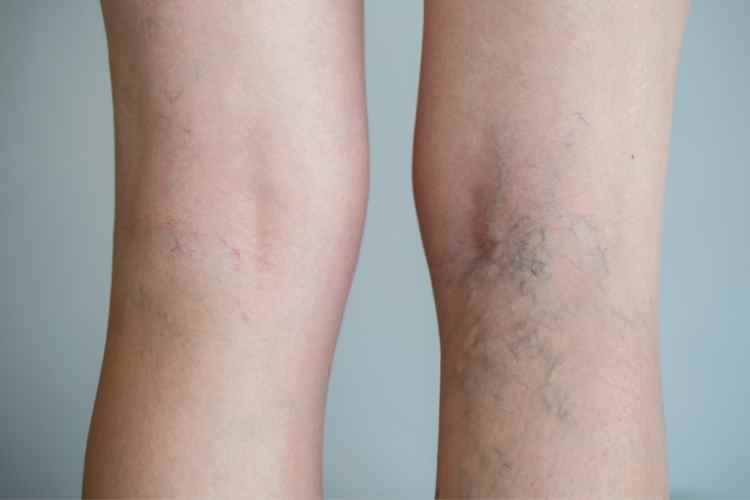Varicose veins are a common problem in the United States, affecting over 20 million adults. They are usually not a threat to your health, but these spiraling lines can make you conscious of your appearance. Many people with varicose veins experience no symptoms and seek treatment for aesthetic purposes. But for some, varicose veins can cause bothersome symptoms, including pain, muscle ache, skin discoloration, swelling, and throbbing in the legs, feet, and ankles. While waiting for your appointment with Dr. David Jacobs Rockville Centre for treatment, you can take the following steps to enhance blood circulation and minimize the appearance of varicose veins.
Elevate your legs
Elevating your legs above your heart level is a simple way to improve blood circulation. The veins in your legs work against gravity; therefore, leg elevation goes a long way toward encouraging blood flow toward the heart. You can do this at home by putting some pillows below your feet when lying down. If you have a desk job, you can use an ottoman or footrest to elevate your legs. Leg elevation is ideal for mild to moderate varicose veins; it improves blood circulation and reduces swelling.
Lose extra pounds
Obesity is one of the factors that increase your risk of varicose veins. The veins in your legs have difficulty pushing blood to the heart when you are overweight, which may result in varicose veins. Excess weight also means your body exerts added stress on the veins, damaging or weakening the valves. But when you lose extra weight, you take the pressure off the veins, allowing them to function as usual. Besides alleviating varicose veins symptoms, weight loss lowers your risk of serious health problems such as obesity, high blood pressure, heart disease, and diabetes.
Exercise
Your leg muscles are your biggest allies since they help your veins move blood to the heart against gravitational force. Like other body muscles, the muscles in your leg are meant to move to remain strong. That explains why any physical exercise that works your leg muscles is essential to prevent or reduce varicose veins symptoms. You don’t have to engage in vigorous exercises; even simple activities like walking, swimming, jogging, and cycling are enough to work your leg muscles. Exercising is also a good way to lose excess pounds, maintain your ideal weight, and stay fit.
Avoid long hours of standing or sitting.
If your work involves standing or sitting for long hours, take small breaks every 30 minutes to stretch and walk around. Being in one position for a long period causes blood to accumulate in your leg veins instead of flowing to the heart. Walking allows your leg muscles to contract, thus helping your veins push blood to the heart. Taking small breaks is vital if you have a sedentary lifestyle at home or work.
Wear compression stockings
Compression stockings squeeze your legs to encourage blood circulation, thus reducing symptoms like swelling. You can get them from your local drugstore, or your healthcare provider may prescribe them.
If your varicose veins don’t improve with these home remedies, visit your provider at South Shore Vein and Aesthetic Medicine for further treatment to improve your quality of life.

